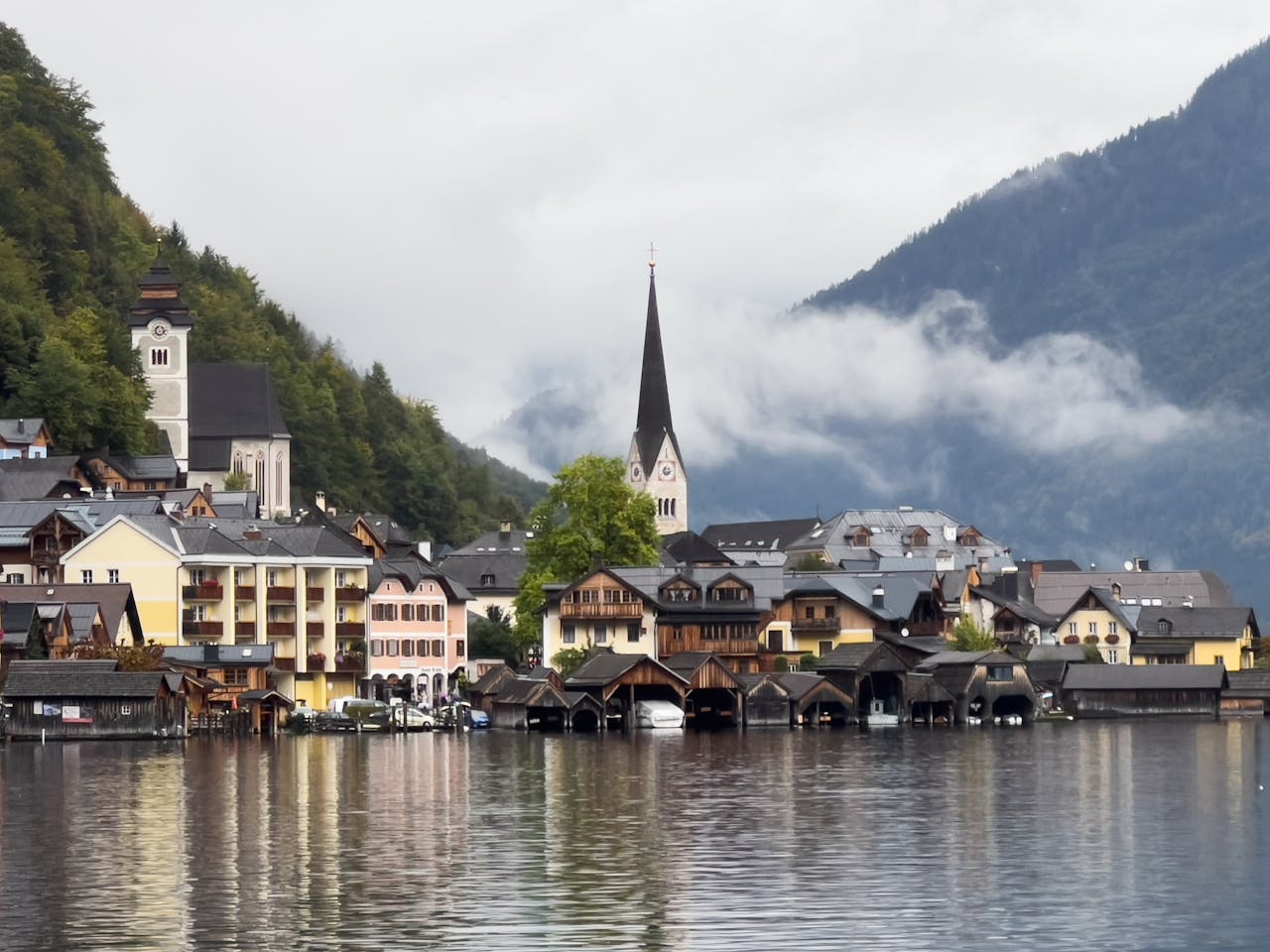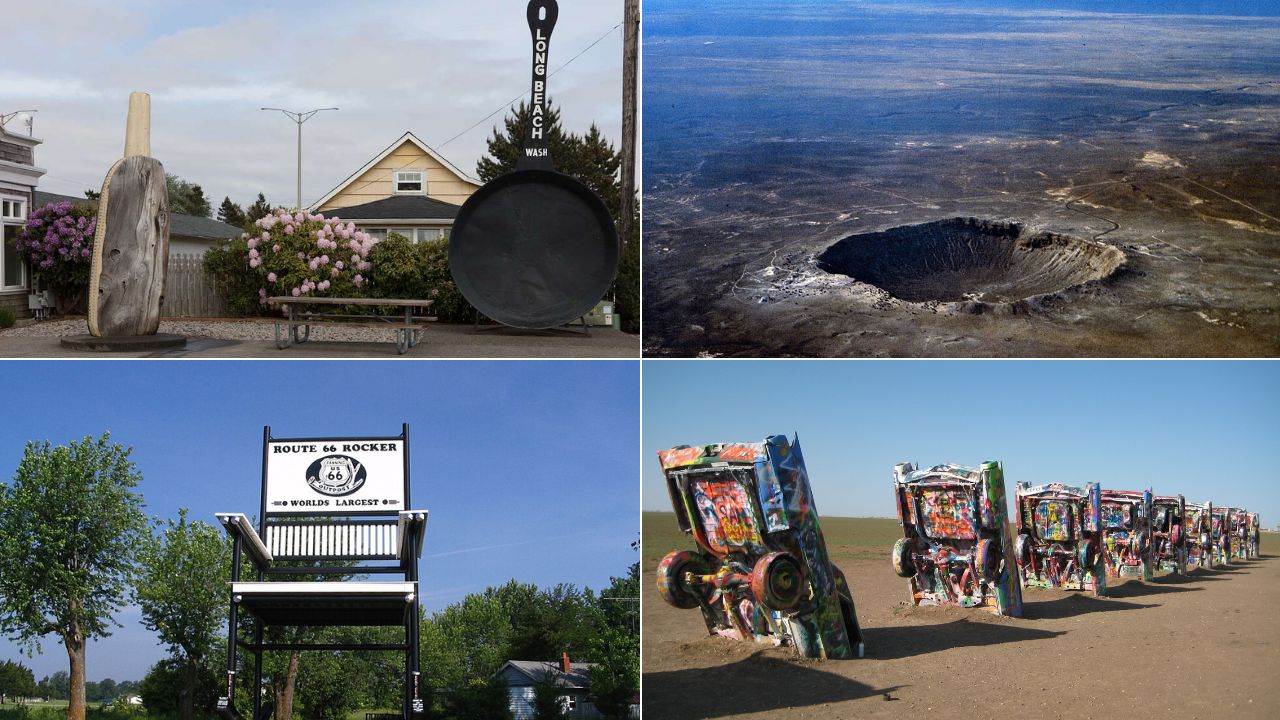Travel demand has not recovered in a straight line. Policy friction, pricier long-haul flights, and shifting safety perceptions are reshaping familiar routes. Destinations that once felt automatic now face tougher choices about marketing spend, staffing, and seasonality. Even when landmarks stay irresistible, small frictions add up, and travelers pivot to closer or cheaper options. What looks like volatility is really a new sorting of value, convenience, and confidence.
United States
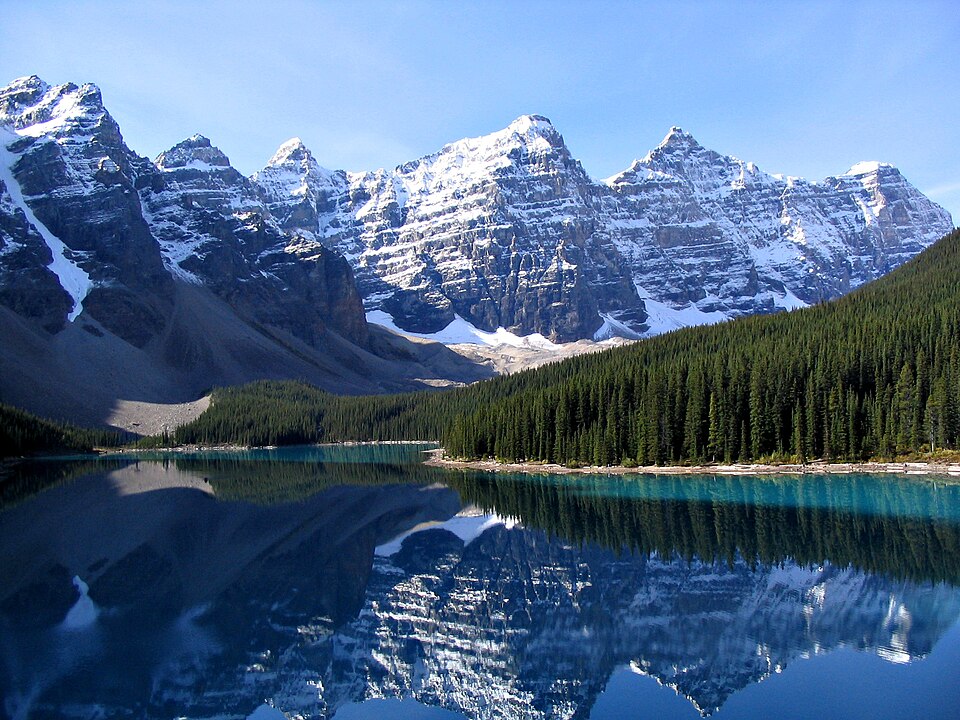
International overnight arrivals are projected to soften as visa backlogs, tariff talk, and tougher entry rhetoric cool sentiment. Spending by foreign visitors is expected to slip even while other regions edge up, pressuring retailers and attractions that depend on high-margin city breaks. Border crossings from key neighbors have thinned, denting weekend shopping runs. Flagship destinations remain busy, but the mix is shifting and the margin for error is tight for second-tier markets.
Germany
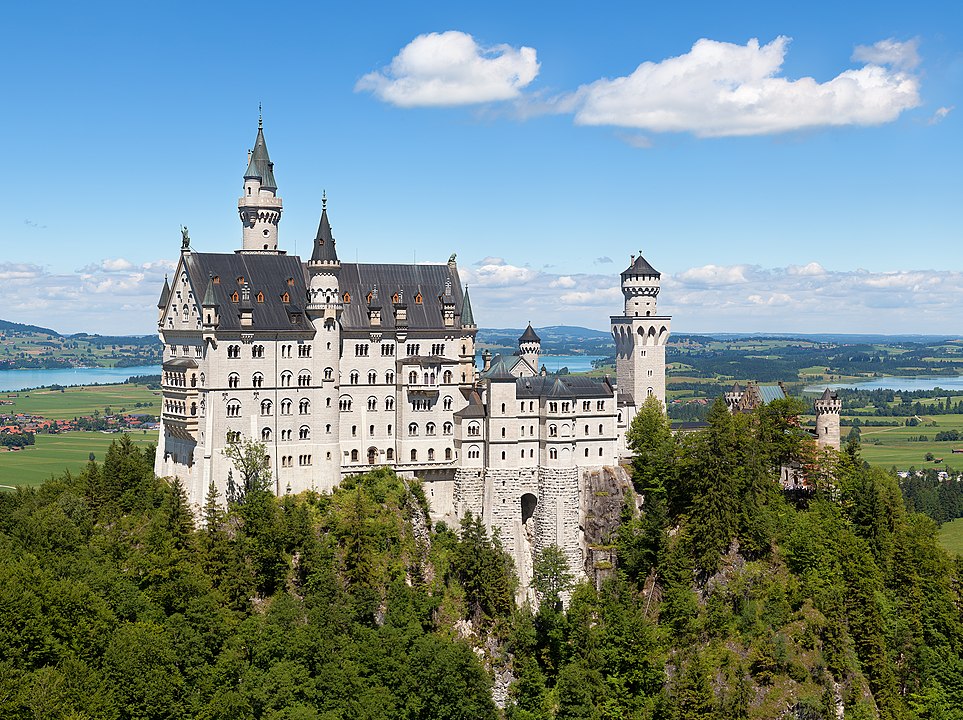
Germany is wrestling with a pullback in domestic nights and a softer draw for inbound visitors at the same time. That double hit weighs on trade fairs and city leisure, from Berlin’s museums to Bavaria’s castles, where prices now face closer scrutiny. Nearby countries with warmer weather or sharper value are peeling off share. The infrastructure is still world class, but travelers are testing alternatives while household budgets and conference calendars adjust.
Ireland
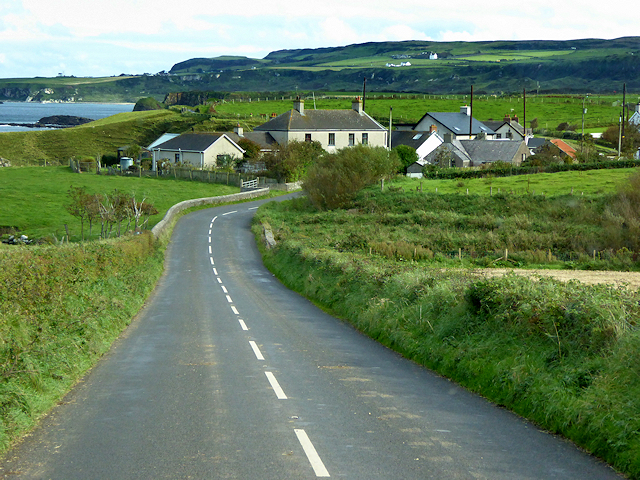
Ireland’s dip in foreign overnights stands out because its appeal has long been resilient across seasons. Higher trip costs and tighter budgets are trimming stays in Dublin and cutting into rural loops built around B and B charm and scenic drives. Tour leaders still sell storybook coasts and lively nights, but many visitors shave a day or choose spring and fall. The task now is to protect value and keep the welcome that made returns so common.
Sweden
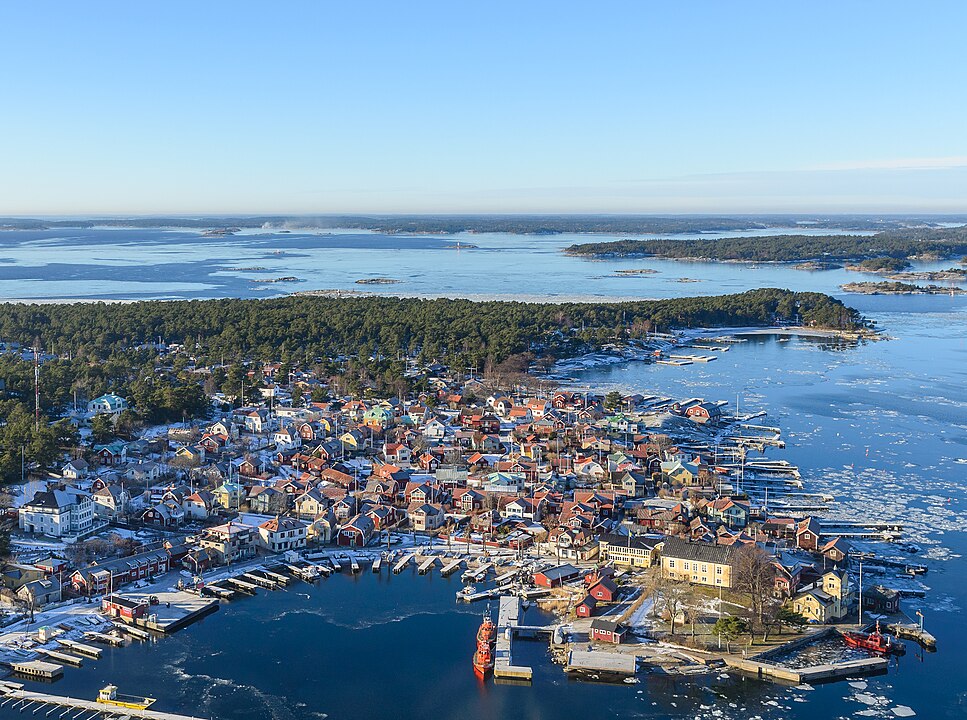
Sweden’s decline of roughly 5.3 percent in foreign overnights runs against a broader Nordic recovery and spans city summers and winter escapes. Headline prices and currency swings are part of the story, as is the pull of warmer options with simpler entry steps. Stockholm and Lapland remain aspirational, yet cost comparisons land hard when long itineraries meet tighter wallets. The product has not dimmed; the competition has sharpened and the calculus has changed.
Austria
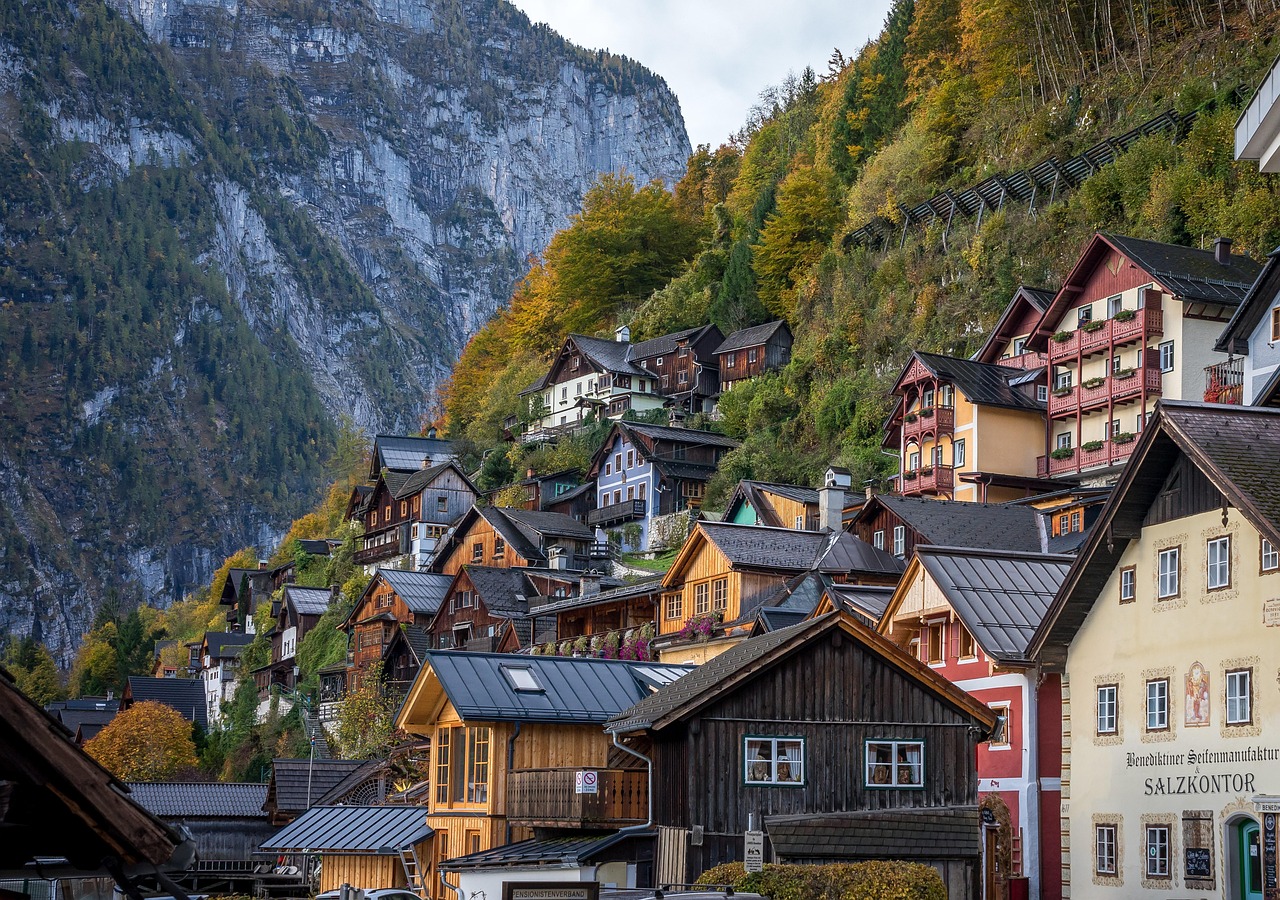
Austria shed about 1.4 million overnight stays in early 2025, a setback for Alpine economies that count on predictable winter peaks and expanding summer hiking traffic. Luxury ski villages and budget-friendly city breaks both feel the pressure as snow reliability and package pricing get tougher questions. Competing resorts court the same guests with aggressive offers. Stabilizing shoulder seasons and leaning into culture and wellness may help smooth the swings across regions.
Canada

Outbound Canadian trips to the United States have slipped on major corridors, with land crossings down the most. That hurts border malls, outlet clusters, and small cities that bank on short shopping runs and sports weekends. Exchange rates and policy friction add drag even when gas prices ease. Big gateways still move long-haul travelers, but spontaneous drives south are less automatic than before. For many households, closer regional options now win on effort and cost.
Mexico
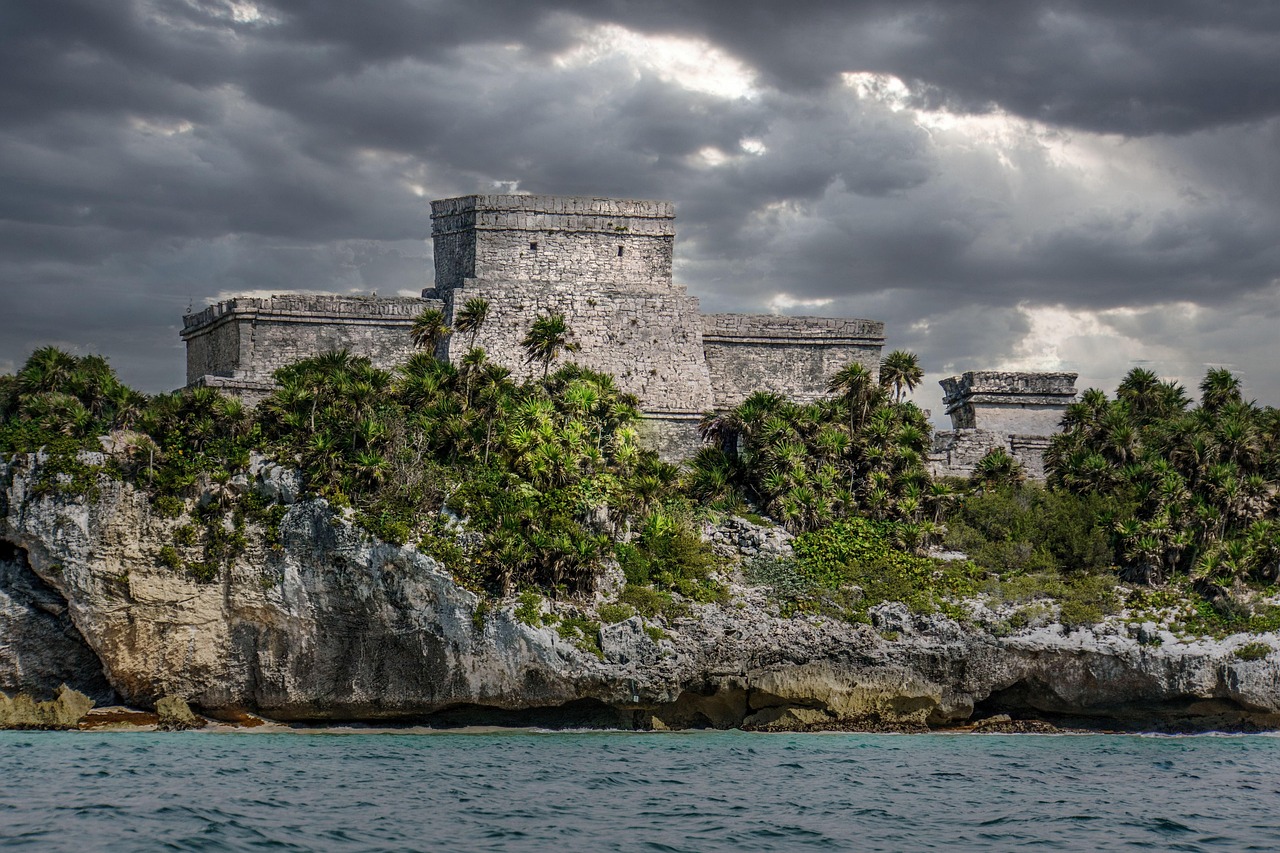
Visitor numbers from the United States to Mexico have edged down despite proximity and strong value. Resort coasts like Cancun and Puerto Vallarta remain busy, yet headlines about safety, variable airfares, and shifting preferences have trimmed impulse trips. Border cities that rely on frequent crossers feel a cooler rhythm as day visits give way to less frequent, longer stays. The brand is sturdy, but nudges in risk perception can shave growth at the margins.
United Kingdom

Travel from the United Kingdom to the United States has fallen by about 5 percent, undercutting a corridor that long powered hotel nights and national park itineraries. Higher fares, currency moves, and long visa queues cool enthusiasm even when demand is there. Many travelers are deferring North America for Mediterranean breaks or short hops that feel simpler. The desire for Americana remains, but repeat long-haul city breaks are no longer a default choice.
New Zealand

Tourism’s direct share of New Zealand’s economy slid to about 4.4 percent by 2024, and major centers posted a 10 percent RevPAR drop year over year. Long-haul costs suppress spontaneous trips even as the experience stays exceptional. Adventure hubs and wine regions must work harder on yield and off-peak stories to protect margins. Strengthening links to nearby markets and smoothing access may matter more than splashy campaigns in faraway capitals.
Australia

Australian visits to the United States fell 6.2 percent in April 2025 versus a year earlier, and the destination slipped in popularity rankings. The reasons are not mysterious: cost caution, complex entry steps, and a tilt toward regional holidays that feel easier to plan. Big life trips still happen, but repeat transpacific city breaks are less routine. The practical path forward is clearer value, simpler paperwork, and itineraries that respect time and budget.
